Spain - June 2013
Every year millions of
tourists from all over the world visiting the metropole Madrid on the iberian
peninsula. In contrast to the typical sightseeing tours in the capital, we
wanted to discover the nature in the surroundings. Stations of our trip and especially
some interesting Jewel Beetles are shown in the following pictures.
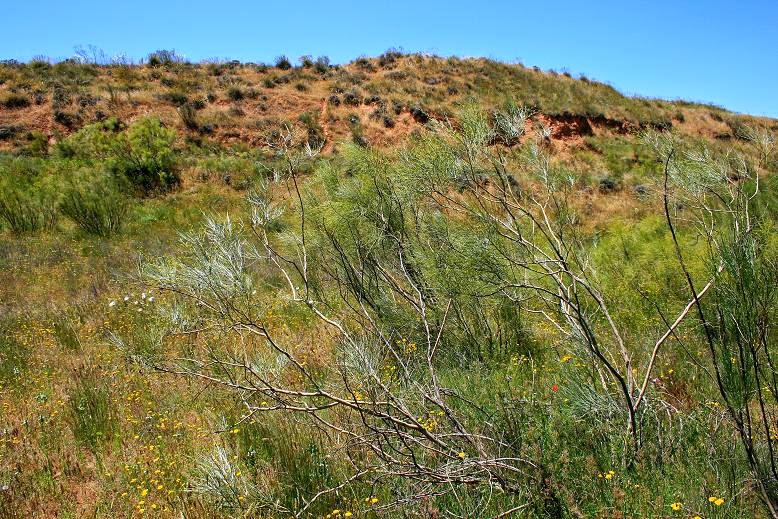 |
We began our journey
near the airport at this hilly place in the southeast-side of Madrid. In the
foreground is growing Retama sphaerocarpa L. |
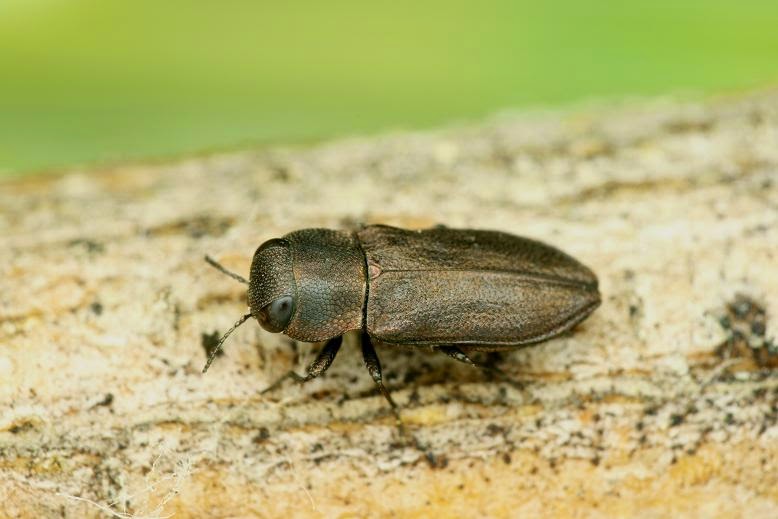 |
Anthaxia
spinolae Gory & Laporte, 1839
could be found on Retama sphaerocarpa
L. or on yellow flowers next to it. This Jewel Beetle was one of the commonest on
the journey. |
 |
Sometimes hidden on the
ground could be found a small plant. - Sanguisorba minor Scop. |
 |
It is the hostplant of Trachys lichtensteini
Buysson, 1918. So far known this is the first record of this species for the
iberian peninsula. The mines of the larvae helps very easy to identify this
taxon. Specimens were found at different places in the surroundings of Madrid
and it seems to be common in this region.
|
 |
Mine of Trachys
lichtensteini Buysson, 1918 inside a leaf of Sanguisorba minor Scop. with the
characteristic black egg. |
 |
Beautiful hillside with flowering meadow. |
 |
Orobanche gracilis Sm. (Orobanchaceae), using its roots to get
nutrients from other plants next to it. |
 |
Ferula communis L. is the hostplant of Anthaxia anatolica ssp. ferulae Géné, 1839. The Jewel Beetle
sitting inside the “leaf bags”.
|
 |
Sun-exposed hillside with Quercus sp., Ulmus sp. etc. |
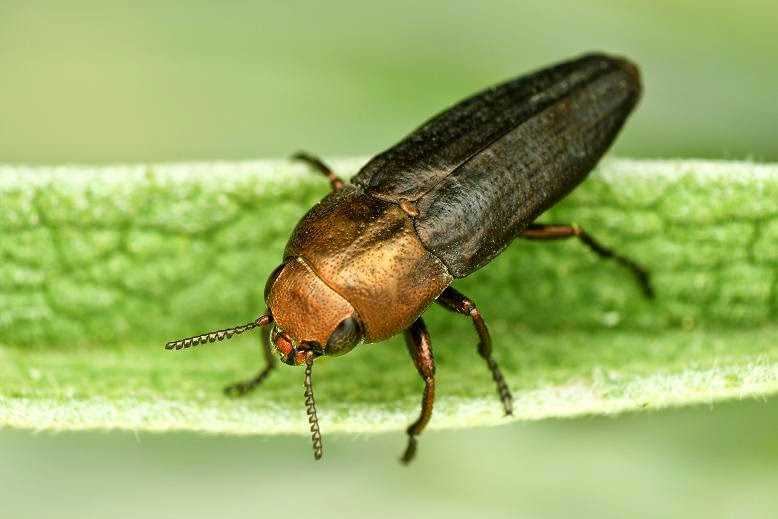 |
Sphenoptera
barbarica (Gmelin, 1790) flew
near the ground. |
 |
Acmaeoderella
cyanipennis ssp. hispana
(Abeille de Perrin, 1900) could be observed. |
 |
Rio Manzanares. Ulmus
sp. and Fraxinus sp. dominate the
landscape next to the river. |
 |
Anthaxia
bicolor ssp. comptei Cobos, 1966 sat on dead branches of Fraxinus
sp. |
 |
Psammodromus algirus (Linnaeus, 1758) ran on the sandy ground. |
 |
At the next
day we went in the direction of Aranjuez, 40 km in the south of Madrid. We
found this floodplain with Populus sp.
and Ulmus sp.
|
 |
Acmaeodera
maroccana Obenberger, 1916 sat on
flowers. |
 |
Mt. Batres in the southwestern
part of Madrid. |
 |
The hill from downwards. Very dry oak forest with
an interesting fauna of Jewel Beetles. |
 |
Near a small river dying
Fraxinus
sp. was hostplant for some Jewel
Beetles. |
 |
One of them was Anthaxia
madridensis Bílý & Verdugo, 2013. PARATYPE! |
 |
Nice flowering meadow. |
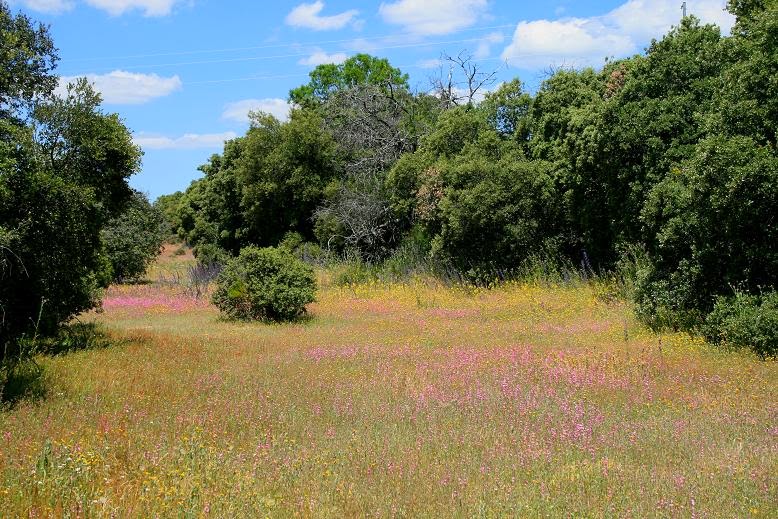 |
At our next day we discovered the western parts of
Madrid and stopped at this picturesque landscape. |
 |
A stone wall absorbs the sunlight. In consequence
the temperatures on the yellow flowers are higher than in the surroundings and
the Jewel Beetles are very fast.
|
 |
Acmaeodera
nigellata Abeille de Perrin, 1904. |
 |
Sierra de Guadarrama. Extensive
forest with Quercus sp. and Fraxinus sp. |
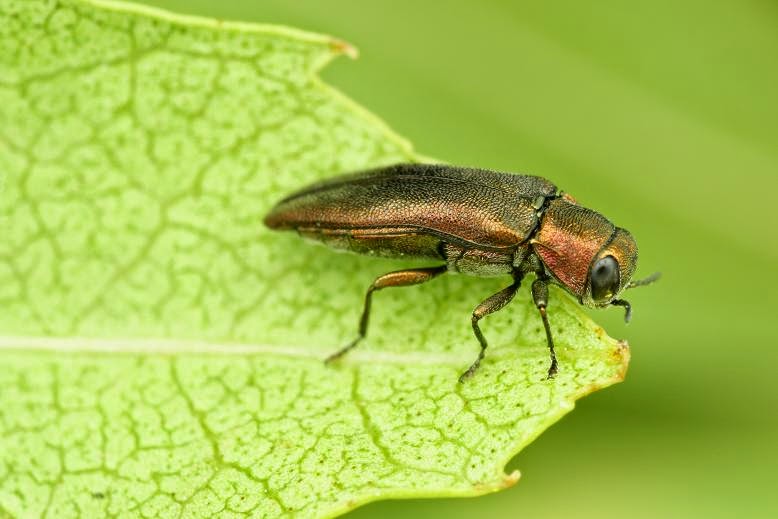 |
Agrilus
beauprei ssp. mourguesi Schaefer, 1954 on leaves of Fraxinus
sp. |
 |
We decided to go further
into the mountains and started our trip in this pine wood forest. |
 |
One of the commonest
Jewel Beetles at this place was Anthaxia parallela Gory &
Laporte, 1839. |
 |
In the foreground grew Juniperus sp. |
 |
It is the hostplant of Anthaxia
confusa Gory, 1841. |
 |
Beautiful views to the
monastery of “San Lorenzo de El Escorial”. |
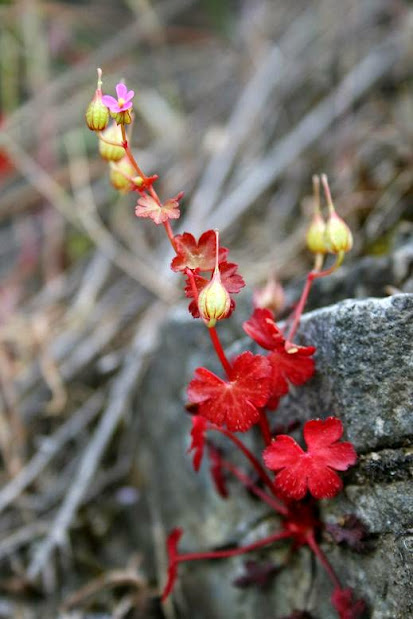 |
Undeterminated Geranium sp. |
 |
Agapanthia irrorata (Fabricius, 1787), a Longhorn Beetle (Cerambycidae). |
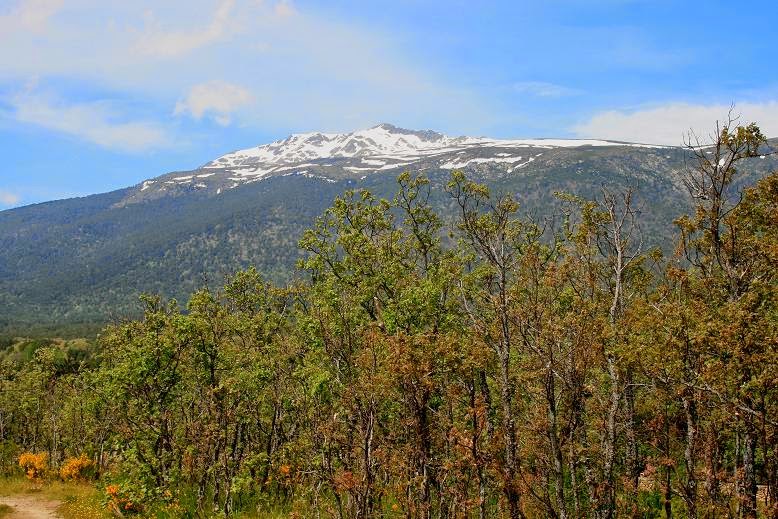 |
High into the mountains
leaves of oak began to come out in the beginning of June! |
 |
White Stork [Ciconia
ciconia (Linnaeus, 1758)] – family meeting. |
 |
White Stork. Parents with their children. |
 |
We spent our last day to
complete the tour around Madrid and visited the region eastwards of the capital. A lot of different
ground plants make this place attractive for Jewel Beetles.
|
 |
Yellow flowering Phlomis sp. |
 |
A small Jewel Beetles needs this plant for its
development. - Trachys pumilus (Illiger, 1803). |
 |
The larvae live inside the leaf. Brown parts of the
leaf indicates the presence of the Jewel Beetle. |
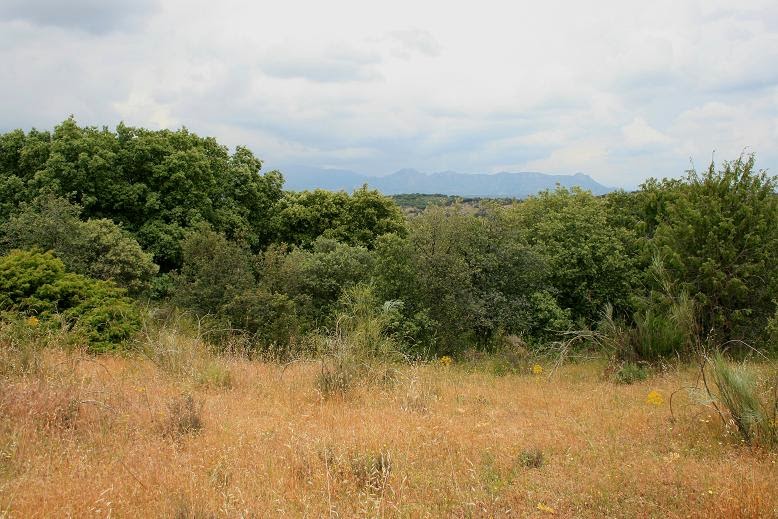 |
The weather became more and more uncomfortable. |
 |
Anthaxia hungarica (Scopoli, 1772) – one of the
commonest Jewel Beetles, which take its development in wood of Quercus sp.
|
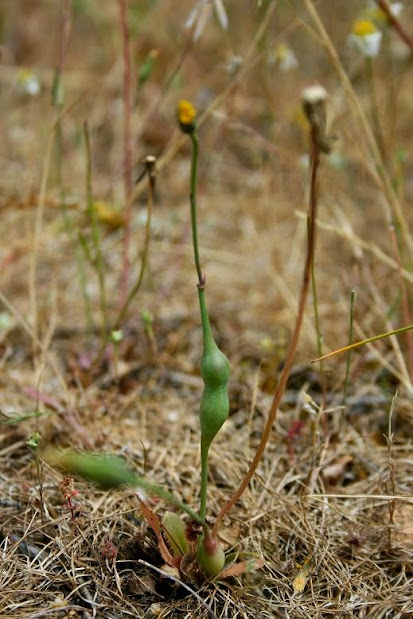 |
Galls caused by a small
wasp.- Cynipidae (Hymenoptera). |
Acmaeodera
pilosellae (Bonelli, 1812) on a
yellow flower. Larvae of this species living in different kind of wood,
especially in Quercus sp.

